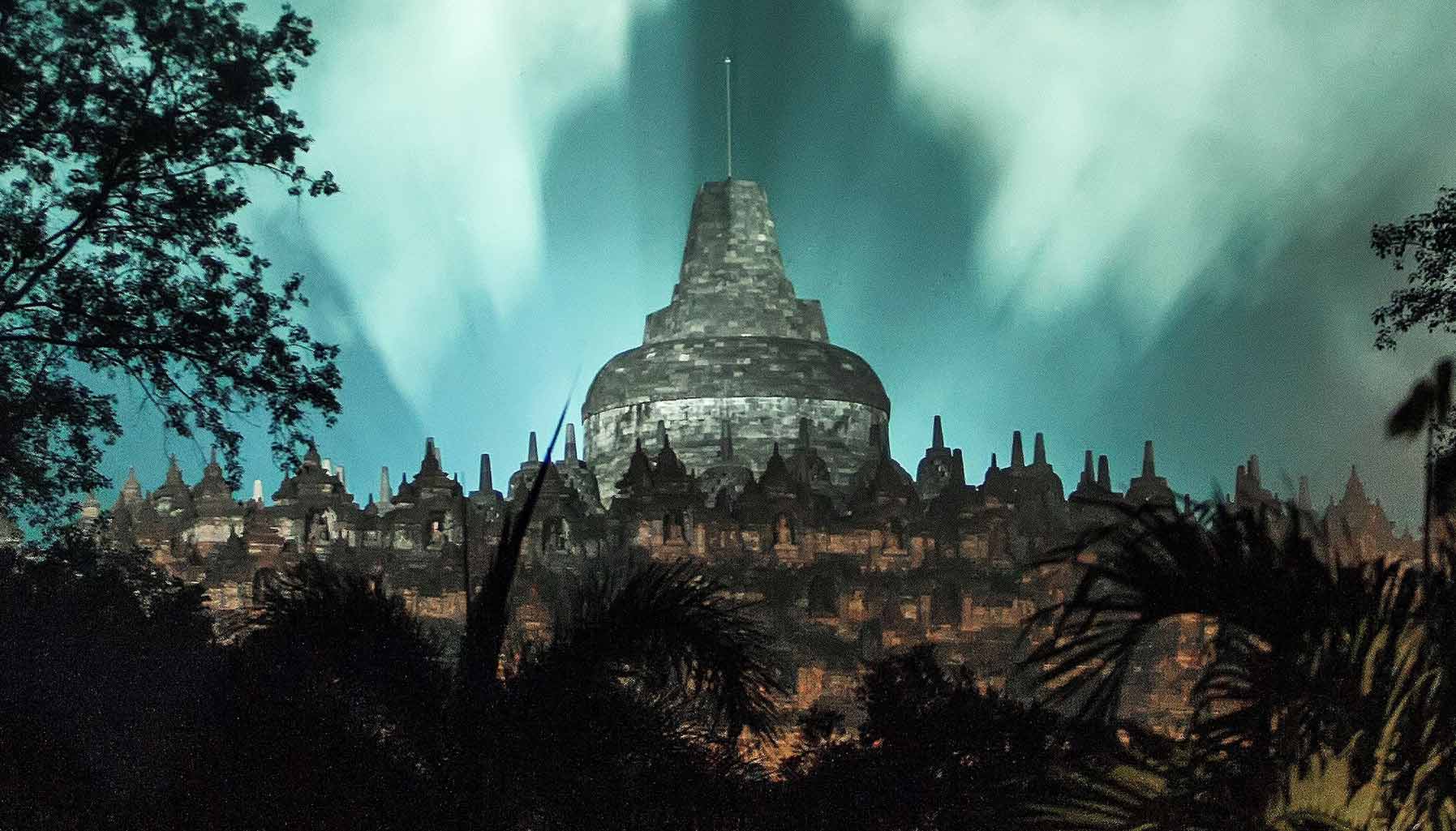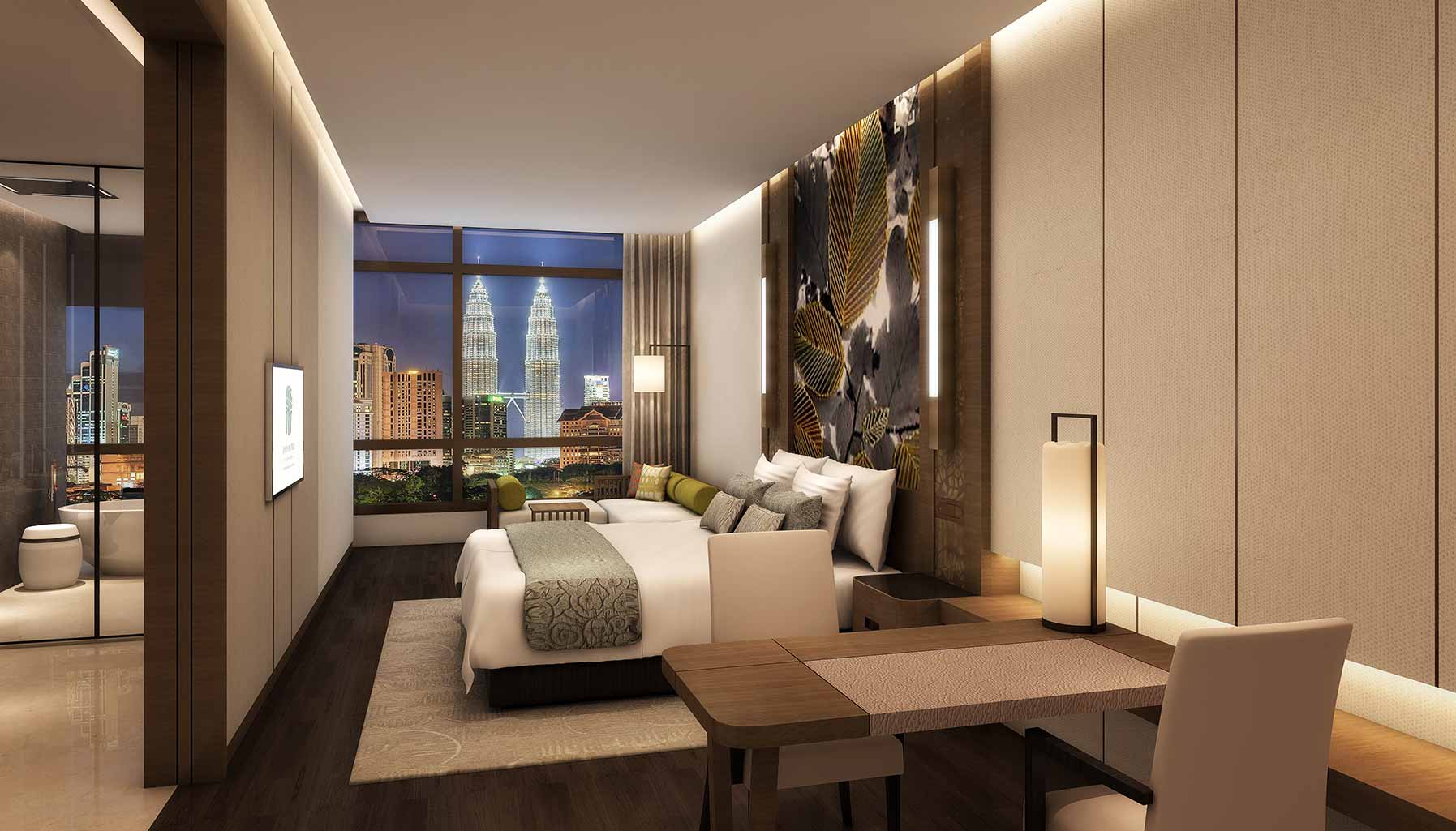Java Script
On a recent trip to Amanjiwo, I was struck not by the grandeur of the resort itself – said by many to be one of architect Ed Tuttle’s finest works – nor by the historical significance of Borobudur that the resort overlooks.
Rather, the biggest takeaway from my sojourn was the incredibly enlightened attitudes of the locals. There I was, in the middle of Muslim-majority Central Java, but every one I met maintained an open-mindedness towards other faiths. My guides, regardless of their religious backgrounds – Muslim, Buddhist or Hindu – were ever-ready to dispatch pearls of interfaith wisdom. “All religions preach love, kindness and compassion” was a common refrain.
Such an informed worldview seems especially pertinent given the current state of global affairs. It also made my experience of Borobudur that much more special, knowing that the monument continues to act as a beacon of hope and understanding, just as it has done for the past 12 centuries.

Fitting, then, that I was there to observe Borobudur being lit up for Amanjiwo’s 20th anniversary. On the 20th of every month throughout 2017, at exactly 20:00, floodlights illuminate the topmost levels of Borobudur, the spectacle visible from Amanjiwo. The vista is especially clear from the rotunda of the Dalem Jiwo suite, where Ian White, the resort’s general manager, has arranged cocktails and a spread of Javanese delights for the evening.
That a religious site could be bathed in light for a secular purpose speaks volumes of the kinship that exists between resort and monument. “Borobudur is normally lit up for VIPs, officials or delegations coming in,” explains White. “When we were coming up with ideas on how to celebrate the 20th anniversary, this was one activity that I was very passionate in arranging.”

The monthly light-up is preceded by a talk on Borobudur’s history and legacy by Amanjiwo’s resident anthropologist Patrick von Hoebrooke. In his lecture, the Belgian expert presents images of Borobudur from its pre-restoration stage to the present day, and discusses the spread of religions across the archipelago.
The lecture would have added an extra dimension to my encounter with Borobudur, but I had to give it a miss – I had only just returned from a sunset visit to the temple.
This activity comes highly recommended: as most sightseers visit at sunrise or during the day, my guide and I were the only visitors at that point. Try and time your visit just as the muezzin’s call to prayer rings out (around 6pm) from nearby mosques. It’s a slightly surreal, poignant but very enriching experience.
That’s not to discount the splendour of Borobudur at sunrise. If you’re lucky, you’ll get the full works – fog lifting, clouds parting to reveal the first rays of light breaking the horizon, and the temple slowly coming to life while being bathed in a soft amber glow.
I wasn’t as lucky; the sunrays didn’t manage to pierce through the thick clouds, pregnant with rain. But the overcast conditions conjured their own, mystical beauty.
The forests were shrouded in dense layers of fog, and the mountain peaks in the distance were but misty silhouettes. Amanjiwo’s anniversary celebrations don’t begin and end with the light-up. Other highlights include a series of exhibitions and performances throughout the year.
We’ve also covered five things to do while at Amanjiwo, which you may read about.






